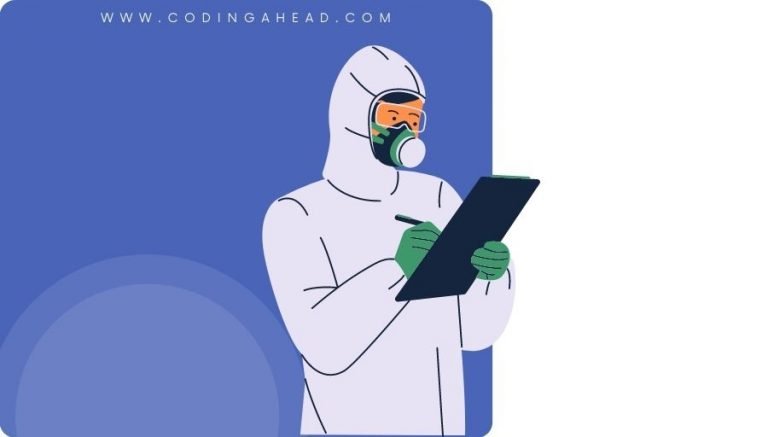How To Use CPT Code 63020
CPT 63020 describes a specific medical procedure known as laminotomy, which involves the removal of a portion of the laminae in the cervical spine to decompress nerve roots and potentially excise herniated intervertebral discs. This article will cover the official description, procedure details, qualifying circumstances, appropriate usage, documentation requirements, billing guidelines, historical information and billing examples.
1. What is CPT Code 63020?
CPT 63020 is a code used to describe a surgical procedure called laminotomy. This procedure involves the removal of a portion of the laminae in the cervical spine to decompress nerve roots and potentially remove herniated intervertebral discs. It is typically performed to alleviate symptoms caused by nerve compression, such as pain, numbness, or weakness in the upper extremities.
2. Official Description
The official description of CPT code 63020 is: ‘Laminotomy (hemilaminectomy), with decompression of nerve root(s), including partial facetectomy, foraminotomy and/or excision of herniated intervertebral disc; 1 interspace, cervical.’ This code specifically refers to the surgical procedure performed on one interspace in the cervical spine.
3. Procedure
- The surgeon begins by making an incision in the appropriate location on the patient’s neck.
- The surgeon then carefully removes a portion of the laminae, which are the bony structures that form the back of the vertebrae.
- During the procedure, the surgeon may also perform a partial facetectomy, which involves removing a portion of the facet joint to further decompress the nerve roots.
- If there is a herniated intervertebral disc present, the surgeon may also excise it to relieve pressure on the nerve roots.
- The surgeon completes the procedure by closing the incision with sutures or staples.
4. Qualifying circumstances
CPT 63020 is typically performed on patients who have symptoms of nerve compression in the cervical spine. These symptoms may include pain, numbness, tingling, or weakness in the neck, shoulders, arms, or hands. The procedure is only performed by qualified surgeons who have the necessary training and expertise in spinal surgery.
5. When to use CPT code 63020
CPT code 63020 should be used when a laminotomy procedure is performed on one interspace in the cervical spine. It is important to note that this code should not be used for procedures performed on multiple interspaces or in other regions of the spine.
6. Documentation requirements
To support a claim for CPT 63020, the surgeon must document the following information:
- Patient’s symptoms and the need for the laminotomy procedure
- Specific details of the procedure, including the location of the incision, the extent of the laminae removal, and any additional procedures performed
- Date of the procedure
- Any complications or unexpected findings during the procedure
- Post-operative care instructions
- Signature of the surgeon performing the procedure
7. Billing guidelines
When billing for CPT 63020, it is important to ensure that the procedure was performed on one interspace in the cervical spine. If the procedure is performed bilaterally, modifier 50 should be appended to the code. It is also important to follow payer guidelines and policies regarding the reporting of this code.
8. Historical information
CPT 63020 was added to the Current Procedural Terminology system on January 1, 1990. There have been several changes to the code over the years, including updates to the description and the addition of modifiers.
9. Examples
- A patient presents with severe neck pain and weakness in the right arm. The surgeon performs a laminotomy procedure on one interspace in the cervical spine to decompress the nerve roots and remove a herniated intervertebral disc.
- A patient complains of numbness and tingling in both hands. The surgeon performs a laminotomy procedure on one interspace in the cervical spine to relieve nerve compression and improve the patient’s symptoms.
- A patient experiences shooting pain down the left arm. The surgeon performs a laminotomy procedure on one interspace in the cervical spine to alleviate the pressure on the nerve roots and provide pain relief.
- A patient presents with weakness in both arms. The surgeon performs a laminotomy procedure on one interspace in the cervical spine to decompress the nerve roots and restore function.
- A patient has persistent neck pain and limited range of motion. The surgeon performs a laminotomy procedure on one interspace in the cervical spine to address the underlying cause of the symptoms.



